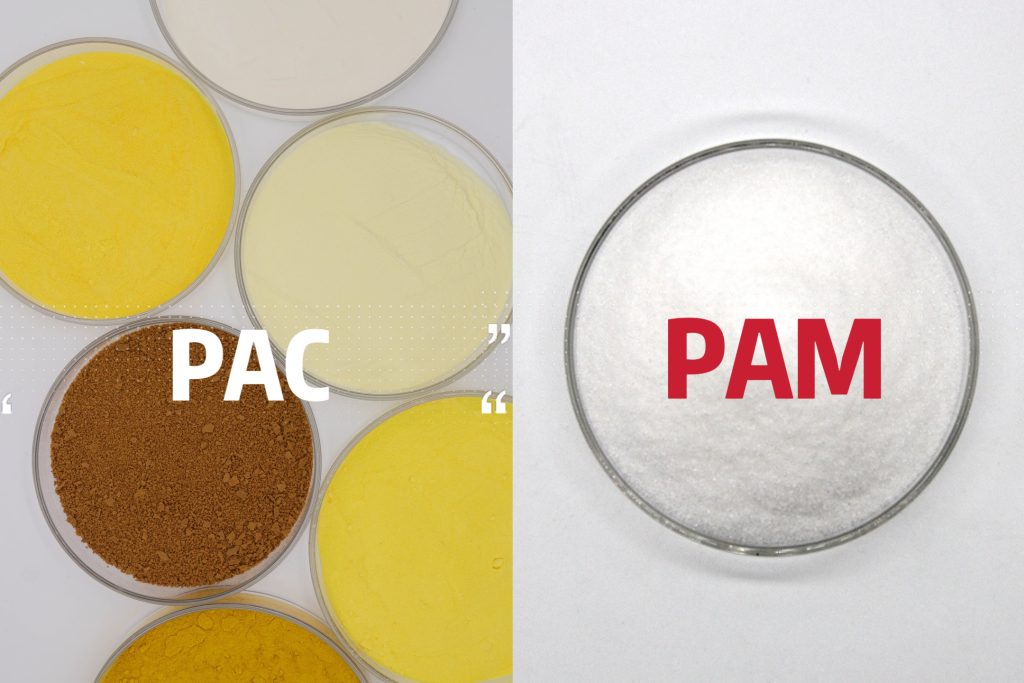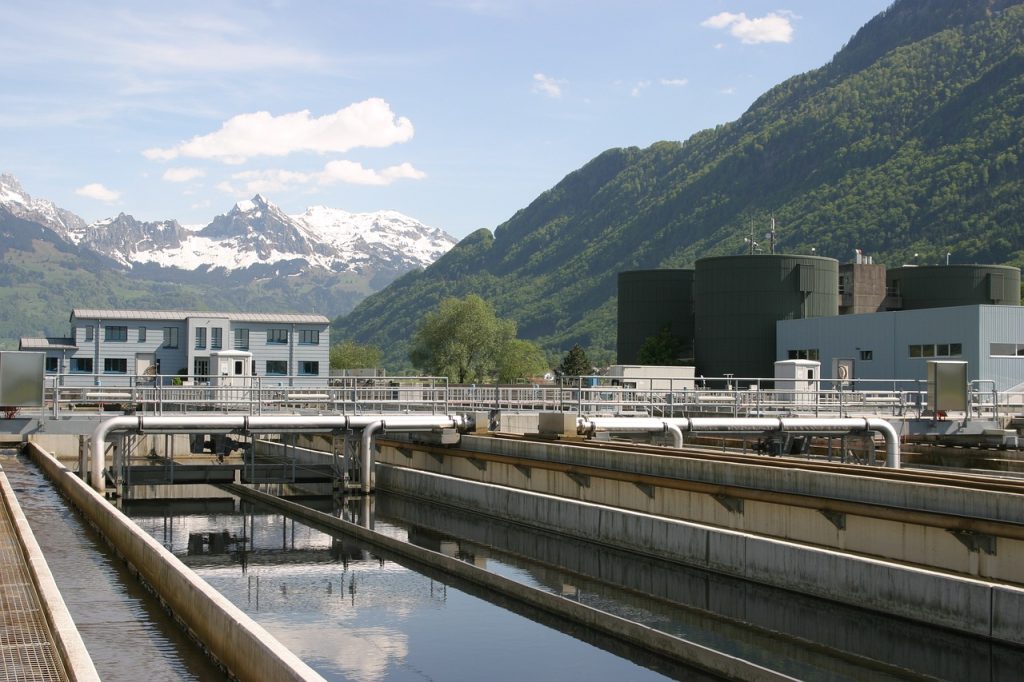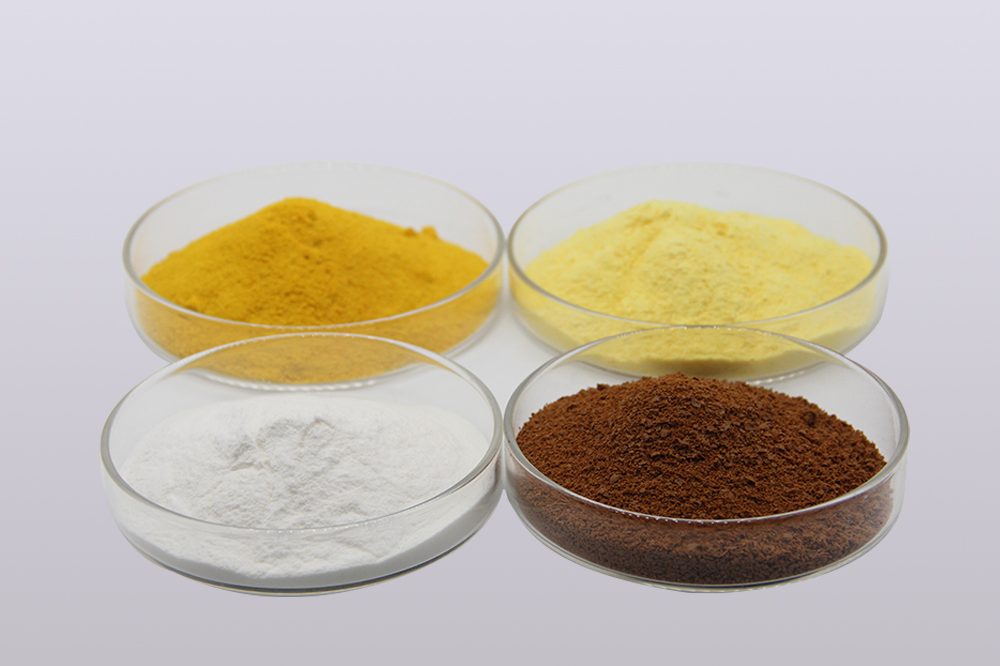Polyaluminium Chloride (PAC) and Polyacrylamide (PAM) are both commonly used water treatment chemicals, but their applications differ significantly.

Here are the main differences between PAC and PAM in terms of application:
1.Chemical Properties and Mechanism of Action
PAC (Polyaluminium Chloride)
PAC is an inorganic polymer flocculant, primarily composed of polyaluminium chloride. It works by neutralizing charges and bridging adsorption, coagulating suspended particles and colloidal substances in water to form larger flocs, which are easier to settle and filter.
PAM (Polyacrylamide)
PAM is an organic polymer flocculant, primarily composed of polyacrylamide, which can be cationic, anionic, or nonionic. It works by bridging adsorption and network capture, aggregating fine particles into larger flocs, thereby enhancing the flocculation effect.
2.Application Fields
Applications of PAC
Drinking Water Treatment: Widely used in water treatment plants and rural drinking water purification to remove suspended solids, colloids, bacteria, and viruses from water.
Municipal Sewage Treatment: Helps in the precipitation and removal of suspended solids and organic matter from sewage.
Industrial Wastewater Treatment: Extensively used in industries such as dyeing, papermaking, electroplating, and chemicals to remove color, suspended solids, and some heavy metals.
Other Applications: Includes uses in the paper industry, oilfield water injection treatment, and food processing.
Applications of PAM
Sludge Dewatering: Improves the dewatering performance of sludge, reducing sludge volume.
Wastewater Treatment: Enhances flocculation in various industrial wastewater and municipal sewage treatments, improving sedimentation and filtration efficiency.
Paper Industry: Used in the pulp and waste paper recycling process to improve paper quality and production efficiency.
Oilfield Exploitation: Used in tertiary oil recovery to increase crude oil recovery rates.
Agriculture: Used for soil improvement, reducing soil erosion, and enhancing soil water retention capacity.
3.Usage Methods and Effects
PAC
Usually added to water in solution form, distributed evenly through stirring, forming flocs which are then settled and filtered. PAC is highly effective in removing suspended solids and colloidal substances, suitable for various water quality conditions.
PAM
Generally added in solid powder or emulsion form, needs to be pre-dissolved into a solution, and then evenly distributed through stirring. PAM excels in enhancing flocculation and sludge dewatering, making it particularly suitable for scenarios requiring efficient flocculation and dewatering.
4.Economic and Environmental Impact
PAC
PAC is relatively low-cost, making it economically viable for large-scale water treatment applications and relatively environmentally friendly. However, at high concentrations, it may affect the pH of the water, so dosage control is necessary.
PAM
PAM is more expensive, but due to its high efficiency, less is needed, making the overall cost manageable. However, the degradation products of PAM may have some environmental impact, especially cationic PAM, which requires careful use and disposal.
5.Comprehensive Comparison
PAC and PAM each have their advantages in water treatment applications. Generally, the choice of flocculant depends on the specific water quality and treatment requirements. PAC is mainly used for primary flocculation and sedimentation, suitable for treating more turbid water; PAM excels in enhancing flocculation and sludge dewatering, suitable for scenarios requiring efficient treatment. They can be used individually or in combination to achieve the best treatment results.
 简体中文
简体中文 English
English






